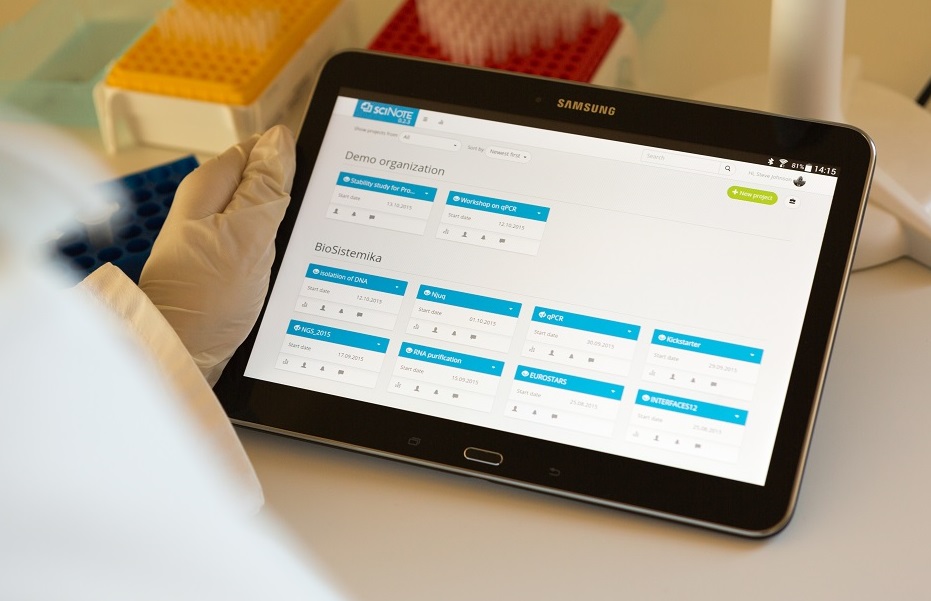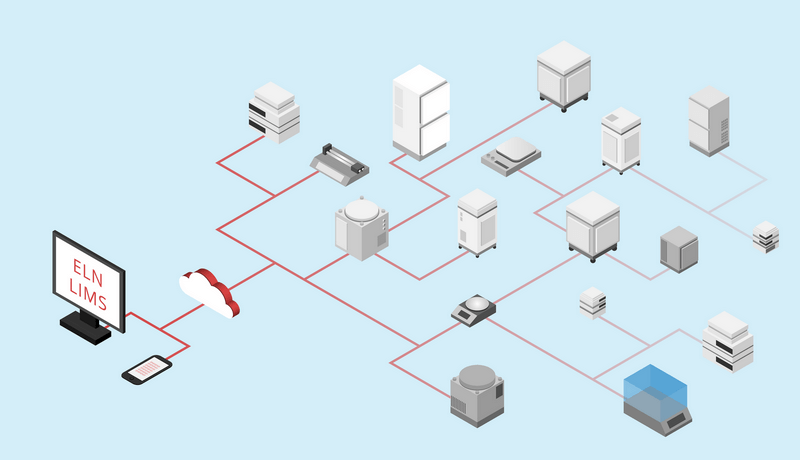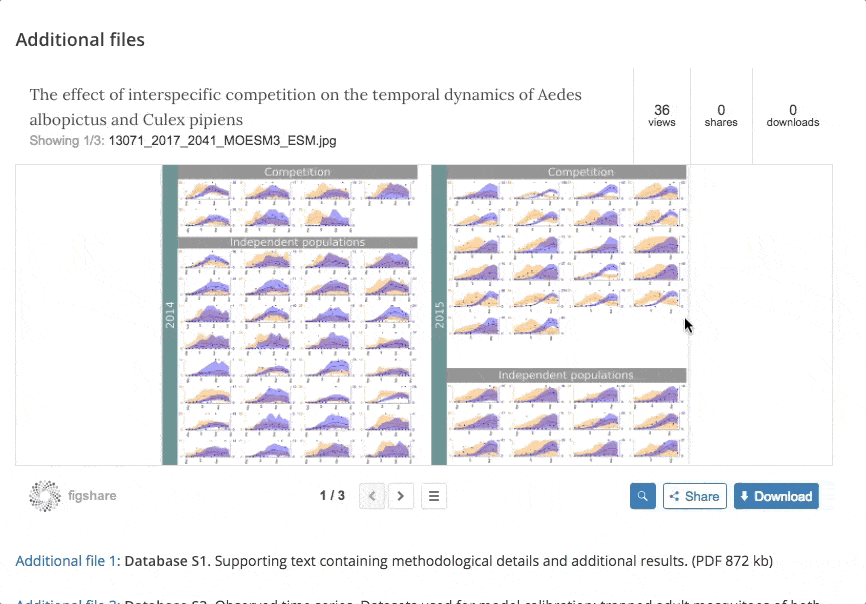Being part of a large Genomics Core facility within an academic setting (Oxford Genomics Centre), my job partly entails research into and evaluation of potentially useful software tools. Whilst we participate in many groundbreaking research projects, our mandate as a service means that we should govern ourselves like a company. With nearly 40 people assigned to a wide variety of tasks, and with ever-increasing sequencing and microarray throughput, we have made it a priority to incorporate and integrate software products to manage projects, productivity, and processes. These tools allow us to properly keep records, generate performance reports, and pinpoint bottlenecks in our workflows, and encourage us to move away from paper-based systems. In an era of modular software, it is unrealistic to find a single bespoke software solution to manage entire business processes, not to mention, it is bad practice!
In picking productivity tools, it is ideal to find one that has, besides a clean interface, an accessible API for integration.
A facility such as ours is constantly dabbling in new technologies and the management software we have in place needs to be flexible to handle unforeseen situations. I had touted the benefits of modularity in a previous article, so it naturally follows that I prefer combining software solutions (with necessary scripting of middleware to talk between various APIs) to build a comprehensive system. Care must be taken, however, to avoid using too many packages (for instance, a note-taking tool that can also schedule tasks may negate the need for a bespoke calendar tool for scheduling), as this will unnecessarily over-complicate the integrations between the packages and cause confusion for users!
sciNote ELN provides a tantalising opportunity here to serve as the canvas for integrations.
Our goal for 2016 is to begin developing integrations between a task scheduler, electronic lab notebook (ELN), lab information management system, and perhaps a generic note taking tool. This synchronises tasks/goals/deliverables with lab protocols, and ties them all together with discussion points during meetings or presentations. As our Core centre deals with the bleeding-edge technologies, this integration set would allow us to track large goals, subdivide them and assign priorities, implement them into the LIMS or ELN, and then store discussion points around each goal as it comes up during group meetings.  In picking productivity tools, it is ideal to find one that has, besides a clean interface, an accessible API for integration. Depending on the “hackability” of the tools being used, it may be necessary to build a new dashboard or front-end to consolidate the various metadata based on your requirements. For the use case I have outlined above, however, sciNote ELN provides a tantalizing opportunity here to serve as the canvas for integration. It is free software, which is the epitome of hackability; it looks rather pretty and polished, and is slated to be extensible with custom modules. My goal for early 2016 is to begin integrating sciNote into our Clarity LIMS to provide impetus for our lab scientists to experiment with sciNote and gradually move away from paper-based lab books. If the experiment proves successful, our task scheduler might benefit from a similar integration into sciNote to assign goals, tasks, or deadlines to protocols mapped out in sciNote. From there, the snowball grows exponentially as it moves faster down the hill. It is important in a high-throughput facility to leverage the calculated use of API-ready tools that can be integrated to some extent into a unified interface. Evaluating tools that each do one task well is the first step in moving in this direction, and through careful planning and modular extension, it should be possible to build a solution that scales and adapts to your organisation's needs.
In picking productivity tools, it is ideal to find one that has, besides a clean interface, an accessible API for integration. Depending on the “hackability” of the tools being used, it may be necessary to build a new dashboard or front-end to consolidate the various metadata based on your requirements. For the use case I have outlined above, however, sciNote ELN provides a tantalizing opportunity here to serve as the canvas for integration. It is free software, which is the epitome of hackability; it looks rather pretty and polished, and is slated to be extensible with custom modules. My goal for early 2016 is to begin integrating sciNote into our Clarity LIMS to provide impetus for our lab scientists to experiment with sciNote and gradually move away from paper-based lab books. If the experiment proves successful, our task scheduler might benefit from a similar integration into sciNote to assign goals, tasks, or deadlines to protocols mapped out in sciNote. From there, the snowball grows exponentially as it moves faster down the hill. It is important in a high-throughput facility to leverage the calculated use of API-ready tools that can be integrated to some extent into a unified interface. Evaluating tools that each do one task well is the first step in moving in this direction, and through careful planning and modular extension, it should be possible to build a solution that scales and adapts to your organisation's needs.
By Varun Ramraj, D. Phil., Automation & Information Management Developer, Oxford Genomics Centre, Wellcome Trust Centre for Human Genetics, University of Oxford
[tw_callout size="waves-shortcode" text="" callout_style="style2" thumb="" btn_text="Republish the article" color="#37a0d9" btn_url="https://scinote.net/blog/republish/" btn_target="_blank"]




